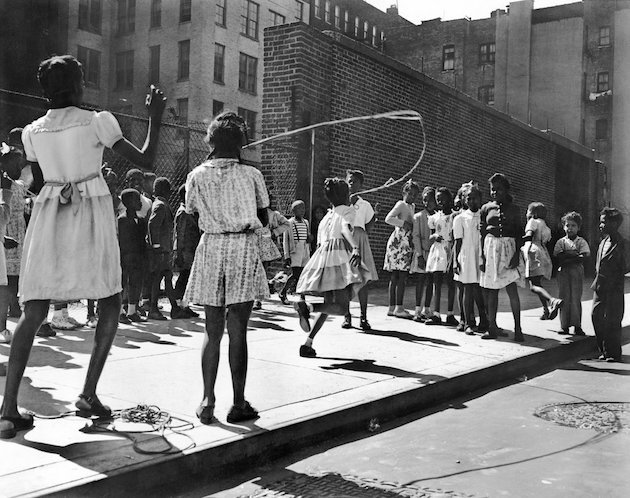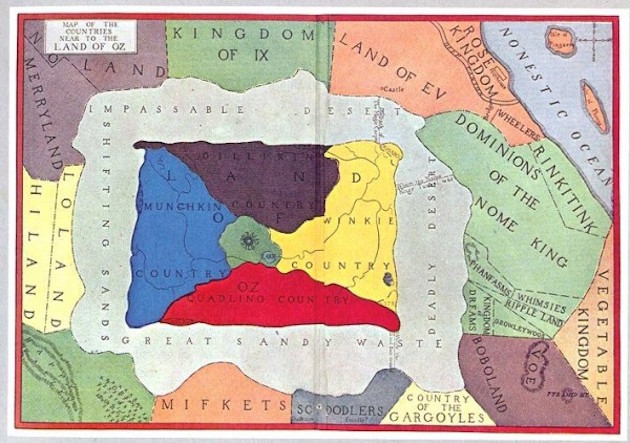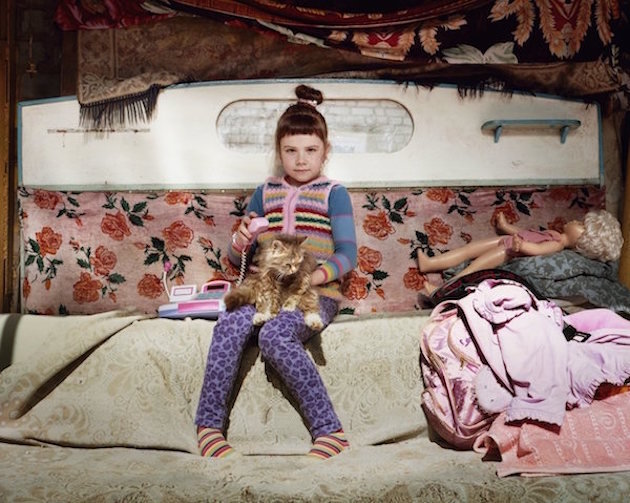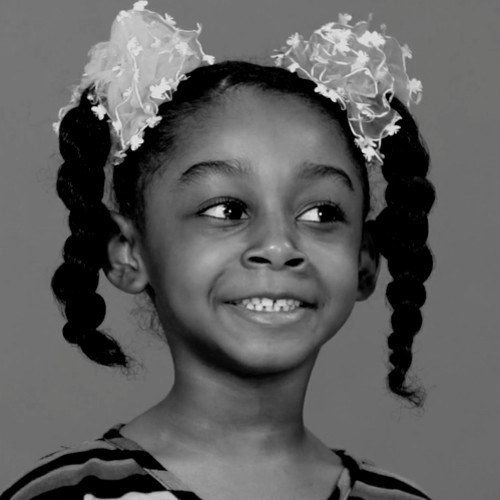On Black History Month, books & science
We’re trying something new.
We usually include the most interesting links to things we’ve read, watched, and/or loved recently in our newsletters. But we thought it might be helpful to give you a little more detail as to why we found them interesting and useful. You can scan headlines, skim the the bits we’ve pulled out, or click through and bookmark the stories you like.
As always, we love your feedback. If you have comments or links you’d like to share, you can tweet at us @tinybop, send us a message on Facebook, or reach me directly at sara@tinybop.com.
This week, we have stories to celebrate Black History Month, books, science, and play. Here is hoping you find something of interest and use.

Unpublished Black History
These previously unpublished photos highlight a fraction of black history, from Lena Horne’s fight to own an apartment to Zora Neale Hurston’s efforts to organize outdoor activities for kids.
Celebrating Black Authors Past and Present
For older readers, Brightly partnered up with The Brown Bookshelf to put together this list of favorite kids’ books and future classics.
Eyes on the Stars
For kids of all ages, watch this Storycorps story (also above) about astronaut and physicist Ronald E. McNair’s insatiable curiosity as a young boy.
I am Not Your Negro
All the grownups at Tinybop HQ are either raving about or can’t wait to see this Oscar-nominated documentary about James Baldwin.
Writer, activist, and prescient voice on race relations and civic engagement, Baldwin thought that the future of America is in the hands of Americans. Baldwin also reminded us that we’re not only responsible for the world we leave for our kids, but also for the world that they themselves will shape. As he said:
Children have never been very good at listening to their elders, but they have never failed to imitate them.

The Maps We Wandered Into As Kids
We love maps. We love kids’ books. If you do too, you may also love this exploration of the maps that grace classic kids’ books.
How to Raise Scientifically Literate Kids
There’s lots of useful information here (including an explanation of just what scientific literacy is). But we especially loved discovering this 2009 interview with astrophysicist Neil deGrasse Tyson, in which he says:
If you’re scientifically literate, the world looks very different to you. It’s not just a lot of mysterious things happening. There’s a lot we understand out there. And that understanding empowers you to first, not be taken advantage of by others who do understand it. And second, there are issues that confront society that have science as their foundation, if you’re not scientifically literate, you are disenfranchising yourself from the democratic process and you don’t even know it.

The Serious Nature of Child’s Play, in Photographs
In a powerful new exhibition at London’s Foundling Museum, photographer Mark Neville documents the way kids around the world play, making a case for safe places for play. You can see more of Neville’s photos on his website.
(You can show your kids how other kids live and play around the world, from Brooklyn to Yemen, in our app Homes.)
There’s a Key Way to Get Kids to Read More Books—and Enjoy It
Lots of good insights here, including:
- Games with rewards aren’t great for learning because when kids earn rewards for activities, they’re likely to stop doing them with the rewards stop. But kids who do the same things without rewards are likely to continue, just for fun.
- Selection and variety are essential to getting kids interested in reading. Kids will gravitate towards whatever they are most interested in at the time — whether it’s fire trucks or fish — so give them books about that topic and they’ll be more excited readers.
If you enjoyed this post, you may also like our occasional newsletters.
